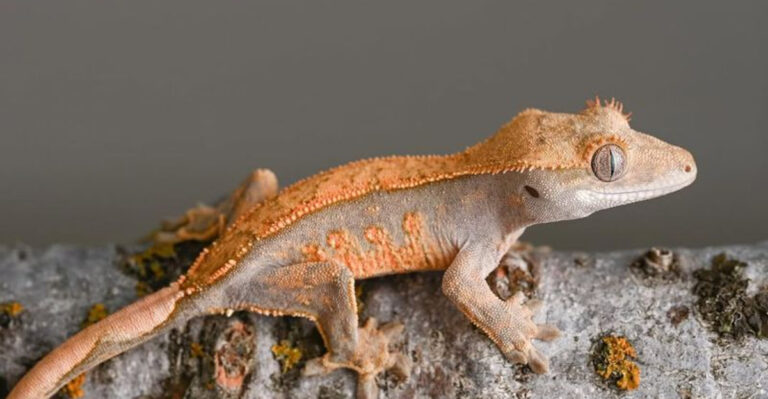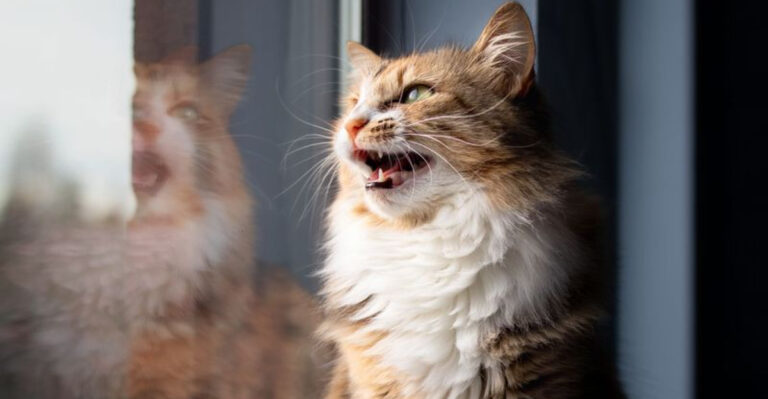The Hognose Snake’s Dramatic ‘Playing Possum’ Defense When Threatened

Meet the hognose snake, nature’s award-winning actor! When faced with danger, this remarkable reptile puts on a death-defying performance that would impress even Hollywood directors.
Instead of fighting or fleeing like most animals, the hognose snake has evolved an extraordinary strategy – playing dead so convincingly that predators simply lose interest and move on.
1. How The Hognose Snake Uses ‘Playing Dead’ To Survive Threats

When cornered, hognose snakes flip onto their backs with mouths agape and tongues hanging out. They even emit a foul-smelling musk from their cloaca and may leak blood from their mouths!
This elaborate charade convinces predators they’re dealing with a rotting carcass rather than a fresh meal. Most hunters prefer live prey, making this deception brilliantly effective.
2. The Science Behind The Hognose Snake’s ‘Playing Possum’ Behavior

Scientists call this behavior ‘thanatosis’ – a defensive trance-like state triggered by the snake’s autonomic nervous system. Heart rate slows dramatically while blood vessels dilate in certain areas.
Amazingly, the snake maintains some awareness during this state. The brain continues monitoring surroundings while appearing completely lifeless, allowing it to “resurrect” when threats disappear.
3. Why Does The Hognose Snake Pretend To Be Dead?

Hognose snakes lack the venom potency or size to effectively fight off larger predators. Their death-feigning evolved as a clever alternative to combat.
Many predators instinctively avoid consuming dead animals due to potential disease risks. By mimicking death so convincingly, the hognose exploits this natural aversion, turning a weakness into a survival superpower!
4. How Effective Is The Hognose Snake’s ‘Playing Dead’ Defense?

Research suggests this tactic works against 75% of potential predators! Birds of prey typically lose interest within seconds of the performance.
Even trained researchers can be fooled by the convincing act. The snake commits fully to the charade, sometimes remaining “dead” for up to an hour if it continues detecting threat signals nearby.
5. The Hognose Snake’s Dramatic ‘Death Feint’: A Survival Tactic

Before the grand finale of playing dead, hognose snakes put on a theatrical warning display. They flatten their necks like cobras, hiss loudly, and make mock strikes with closed mouths!
Only when these intimidation tactics fail does the snake resort to its award-worthy death scene. The entire performance showcases remarkable behavioral complexity in a relatively small reptile.
6. What Happens When The Hognose Snake Stops ‘Playing Dead’?

Recovery begins with subtle tongue flicks to test if danger has passed. If safe, the snake cautiously rolls right-side up and slithers away quickly.
Fascinatingly, if disturbed during recovery, the snake immediately flips back into death pose! Some hognose snakes have been observed peeking around before fully “reviving,” showing surprising awareness during their performance.
7. The Evolution Of The Hognose Snake’s ‘Playing Dead’ Behavior

Fossil records suggest this behavior evolved over 50 million years ago! Ancestors with even primitive death-feigning abilities survived at higher rates than those without.
Different hognose species show varying levels of commitment to the act. Eastern hognose snakes are the most theatrical performers, while western species sometimes skip straight to playing dead without the warning display.
8. Is This A Common Behavior In Snakes?

While several snake species employ thanatosis, none match the hognose’s Oscar-worthy performance! Garter snakes occasionally play dead, but without the dramatic flair.
Outside of snakes, opossums are famous for similar behavior (hence “playing possum”). Certain beetles, frogs, and even sharks have evolved versions of death-feigning, though with less theatrical commitment than our hognose friend.
9. The Hognose Snake’s Role In Nature

Hognose snakes primarily hunt toads – prey many other predators avoid due to toxic skin secretions. Their specialized upturned snouts help dig toads from burrows.
By mastering both specialized feeding and exceptional defense, hognose snakes occupy a unique ecological niche. Their playing-dead strategy allows them to survive long enough to control toad populations, maintaining crucial ecosystem balance.
10. Why Predators Are Fooled By The Hognose’s Act

Beyond just posture, hognose snakes emit a putrid musk with chemical compounds similar to those in actual decomposing animals. This olfactory deception is key to fooling predators with keen senses of smell.
The snake’s body goes completely limp when handled – unlike most animals feigning death. This commitment to physical limpness makes even skeptical predators eventually lose interest.
11. Can Hognose Snakes Really Die From ‘Playing Dead’?

Prolonged death-feigning can cause dangerous stress levels in hognose snakes. Blood pools in certain areas, and normal breathing patterns become disrupted.
In rare cases, particularly during hot weather, extended performances can lead to actual health complications. Young or inexperienced snakes sometimes struggle to “break character” properly, showing how physiologically demanding this behavior can be.
12. The Role In Avoiding Larger Predators

Hawks, foxes, and coyotes – all natural hognose predators – primarily hunt using movement detection. The snake’s stillness makes it essentially invisible to their hunting instincts.
Large mammals often avoid carrion due to bacterial concerns. By mimicking death so convincingly, the hognose exploits sophisticated predator behavior that evolved over millions of years. Nature’s arms race continues!
13. What To Do If You Encounter A Hognose Snake ‘Playing Dead’

Found a “dead” hognose? Simply walk away! Touching or moving the snake causes unnecessary stress and prolongs its vulnerable state.
Despite their dramatic performances, hognose snakes are harmless to humans. Their mild venom affects only amphibians, not people. Appreciate their remarkable adaptation from a respectful distance, allowing this master of deception to continue its important ecological role.






